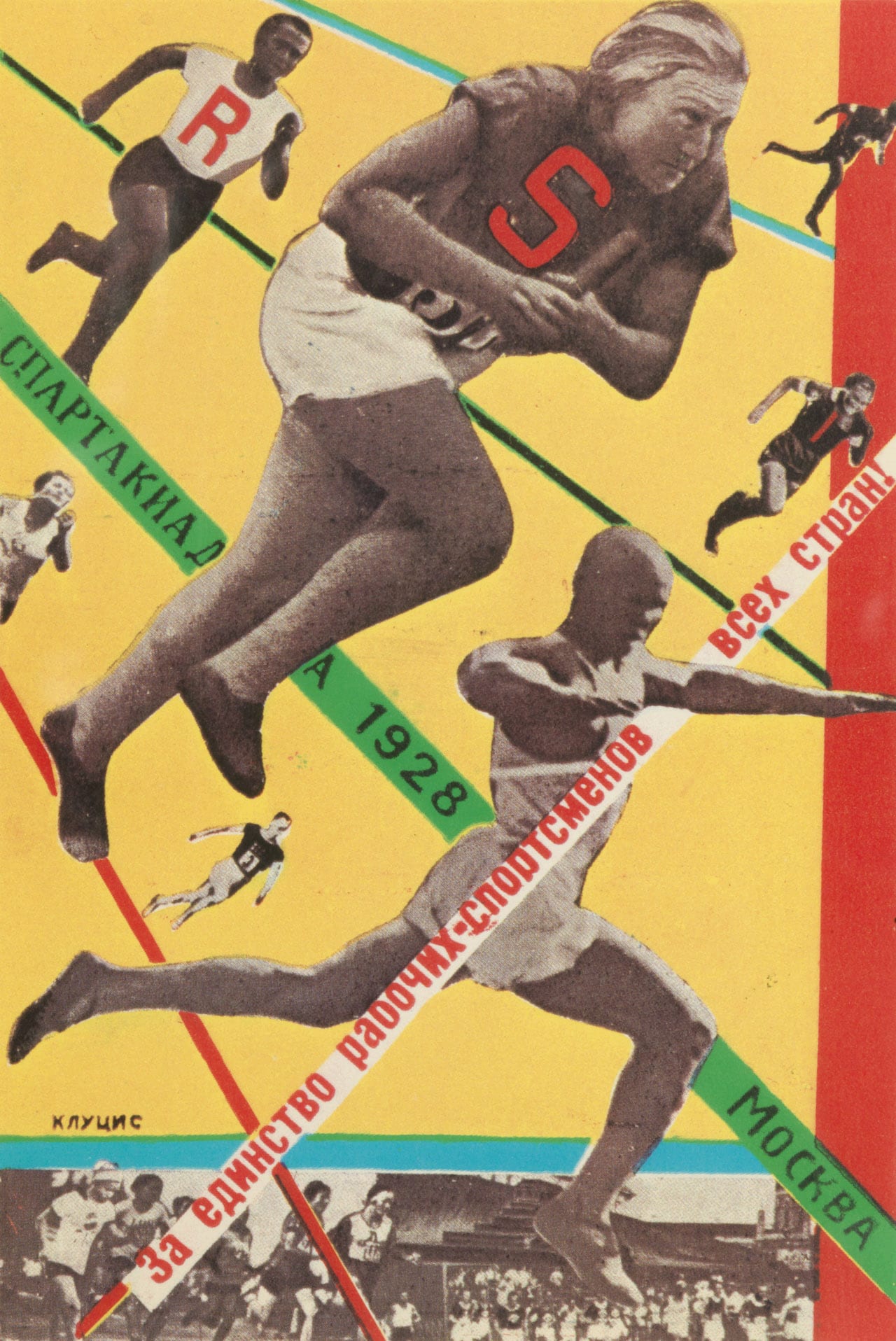
Tag: Soviet Union


Rather than telling the story of a Kyrgyz mining town shrouded by imminent disaster, Komenda sought to capture everyday stories that intersect with wider social and historical issues

“The Soviet Union left a great heritage in various manifestations from architecture to people’s thoughts, and some are struggling to understand the new times,” says 22-year-old Ukranian photographer Vladyslav Andrievsky. “Often, because of this, the youth is struggling to find common ground with the elders.
“It’s obvious that there were many limitations when it came to one’s life or freedom. Today, when thinking about the Soviet Union, we are visualising it the way it could have been, not the way it was. Of course the fact that somebody could have been killed for a painting or a thought is shocking and devastating. Still, we are left with an enormous cultural heritage like art, literature, music, films, and we truly value that.
“Owing to people like Boris Mikhailov we can try to understand what life was like back then,” he continues. “In his book Case History he is showing homeless people like heroes, who are giving their lives for the brighter future of the new generations. As a young person I don’t want to be a let-down. I don’t want to upset Boris.”

During the winter months in Kazakhstan’s capital city, Astana, fishermen park up on the frozen Ishim river, hoping for a bite beneath the ice. The tradition goes back for generations, back to when Astana was a small rural farming village, not the high-rise, futuristic city it is today.
When the country was part of the Soviet Union, fishing equipment was standardised and sold only at government-run hunting shops. But since the collapse of the USSR in 1991, the fishermen have been constructing their own customised fishing tents, sewn together out of plastic packaging found in the city’s markets.
Aleksey Kondratyev’s new book, Ice Fishers, examines the use of this salvaged material, mostly originally used to import Western, Chinese, and Russian goods, as a means of protection against the harsh weather conditions. Kondratyev, who has lived in America for most of his life, but is originally from Kyrgyzstan, first saw the fishermen when he travelling through Central Asia in 2015 for his project Formations. “I wasn’t sure what they were, but as I got closer I could make out what was going on,” he says.

Stakle recently won the New East Photo Prize organised by Calvert 22 Foundation, with a series titled Heavy Waters. Shot in Crimea in 2011, the series shows towns and villages scattered along the coast on the Crimean Peninsula – an area that was at the time part of Ukraine, but which became part of Russia after the Ukraine-Russia crisis in 2014. To date, Crimea remains an internationally unrecognised part of Russia. Crimea was one of the most popular resorts of the Soviet Union but, says Stakle, “being on the crossroads of trade routes has always been risky”. “Since times immemorial, the Crimean Peninsula has been coveted by different countries, near and far,” he writes in his introduction to the series.

It’s a spectacularly beautiful early morning in December and the traffic is rolling past indifferently on one of North London’s less than silent streets. I’m standing in front of a large red door, having come to visit David King and his world-famous collection documenting the extraordinary visual history of the Soviet Union. King has been assembling the collection for almost five decades and now it is in the process of being transferred to the archives of Tate Modern. The collection has always run in parallel to his work as a graphic designer, photographer and author – work, it is fair to say, that shows influence from the Bolshevik-era material he has discovered on his many visits to the former USSR, and which he has often drawn from in his books, posters, photographs and graphic work.

Jens Olof Lasthein, a Swedish-born photographer brought up in Denmark, has spent much of his career travelling around the European hinterlands, where international boundaries have been shifting for centuries. His new book, Meanwhile Across the Mountain, published by Max Ström, is a stunning survey of the Caucasus – the part of southeastern Europe that used to belong to the Soviet Union, but is now a collection of sovereign states and breakaway regions such as South Ossetia, Dagestan and Chechnya.


